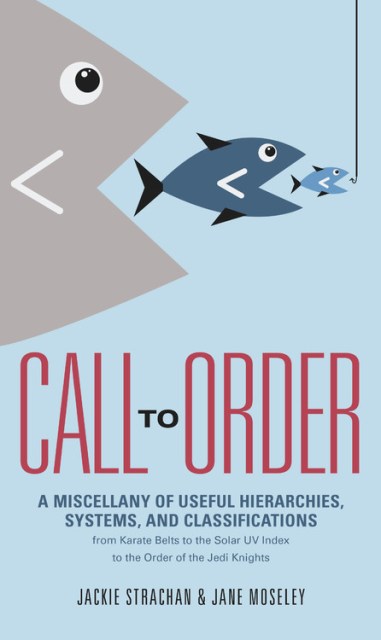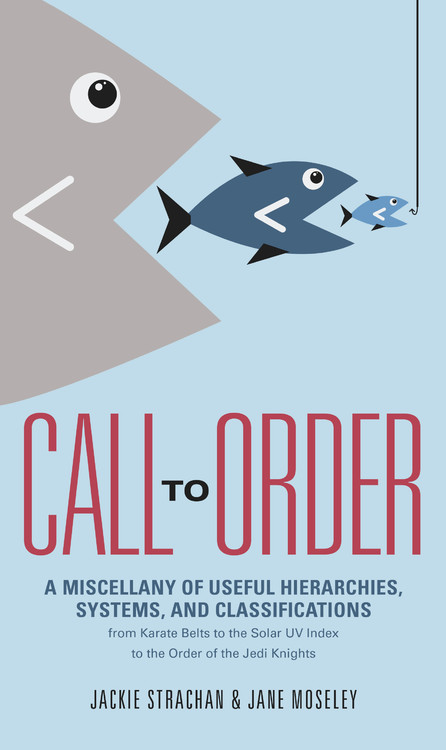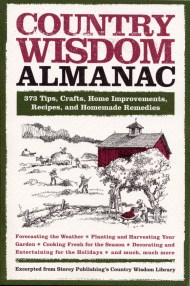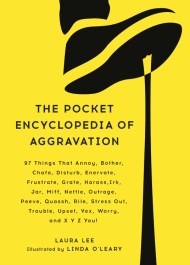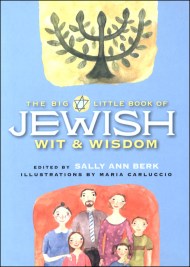Promotion
Use code MOM24 for 20% off site wide + free shipping over $45
Call to Order
A Miscellany of Useful Hierarchies, Systems, and Classifications
Contributors
By Jane Moseley
Formats and Prices
Price
$19.99Price
$25.99 CADFormat
Format:
- Hardcover $19.99 $25.99 CAD
- ebook $12.99 $16.99 CAD
This item is a preorder. Your payment method will be charged immediately, and the product is expected to ship on or around September 25, 2018. This date is subject to change due to shipping delays beyond our control.
Also available from:
Sure to be classified as more informative and useful than Schott’s Miscellany, but easily just as much fun, Call to Orderis an essential illustrated guide that fills in the gaping holes in our knowledge and helps settle plaguing questions. Among them, “Does four-of-a-kind beat a full house in poker?” (Yes.) Does a Marquess outrank a Duke? (No.) And, what classification of sinner populates the Sixth Circle of Hell? (Heretics.) And, how are they punished. (Crammed into burning tombs.)
Can you never pass question three on HQ? Here are the hierarchies, pecking orders, ranks, and standings that order every aspect of our lives, from society, government and religion to culture, music, biology, and environment.
Call to Order is the definitive catalog of where things stand.
Genre:
- On Sale
- Sep 25, 2018
- Page Count
- 192 pages
- Publisher
- Black Dog & Leventhal
- ISBN-13
- 9780316486132
Newsletter Signup
By clicking ‘Sign Up,’ I acknowledge that I have read and agree to Hachette Book Group’s Privacy Policy and Terms of Use
